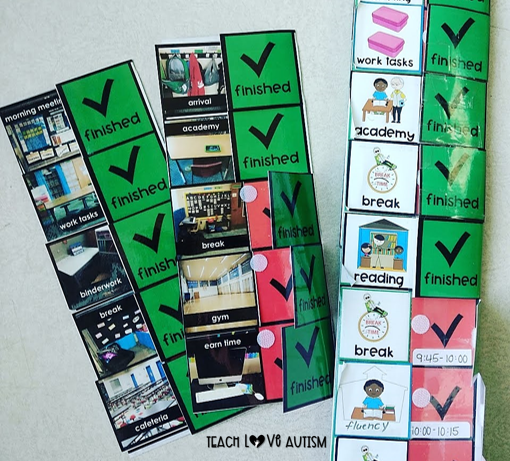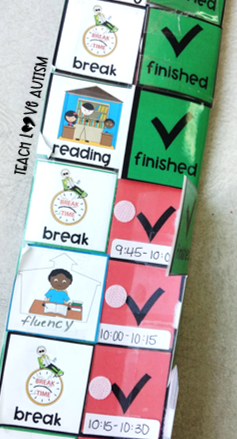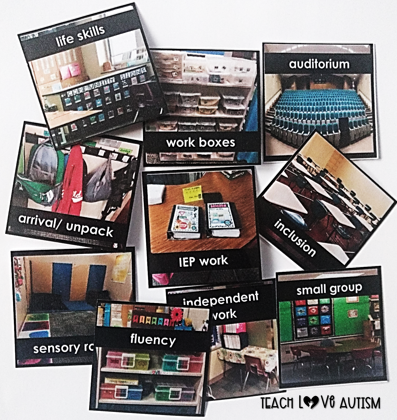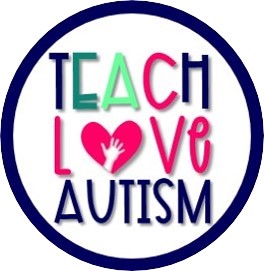The Visual Schedule for ANY Classroom
Sharing is caring!

There is a ton of information out there about using a visual schedule in the classroom. It doesn’t even have to just be for special education. If you are debating on using a visual schedule in your classroom at all hopefully you can get more information about them in the posts I have written here.
How do you keep track of your schedule for the day? A planner? The calendar on your phone? A wall calendar? Post it notes? Whatever way works for you, we ALL like having our appointments, deadlines, and engagements written down so we know what’s expected of us throughout the day and the week. Why would that be any different for our students?
It’s not a secret that children with identified disabilities often struggle with changes in routine and anxiety regarding their daily schedules. As educators, we all strive for our students to become as independent as possible, and we want to lessen the everyday burdens they experience by providing them with the supports they need. Individual schedules are just that, and they’re necessary for every student! Visual Schedule in my Classroom
A Visual Schedule for the SPED Classroom
In my classroom, we run on a visual schedule. They work best with my student population, and I have found them to also teach important skills like reading for information, following a routine, and responsibility. My biggest annoyance with visual schedules? FINDING PICTURE CUES EVERYWHERE! Velcro is a life saver, but it doesn’t solve all of my problems. Velcro pictures stuck to shirts, carpet, and hiding underneath tables. I had to find a solution!
The visual flip schedules I created have really done the trick. The schedules can be customized to exactly what we are doing during the day or week, and the velcroed flap creates a visual cue of signaling that the activity is completed without fear of finding it stuck to the bottom of my shoe at home.


Making Visual Schedules Editable
But really – the BEST part? I designed these schedules to be EDITABLE. That’s right, completely customize-able! I love the Smarty Symbols picture cues that I have added, but you can add in real photographs of activities, places, students, and items in YOUR setting to make your schedules incredibly individualized to each student. How’s that for differentiation?!

If you’re finding that your students have been really struggling to transition and make their way through their days smoothly, try out visual schedules. You never know what might work!



